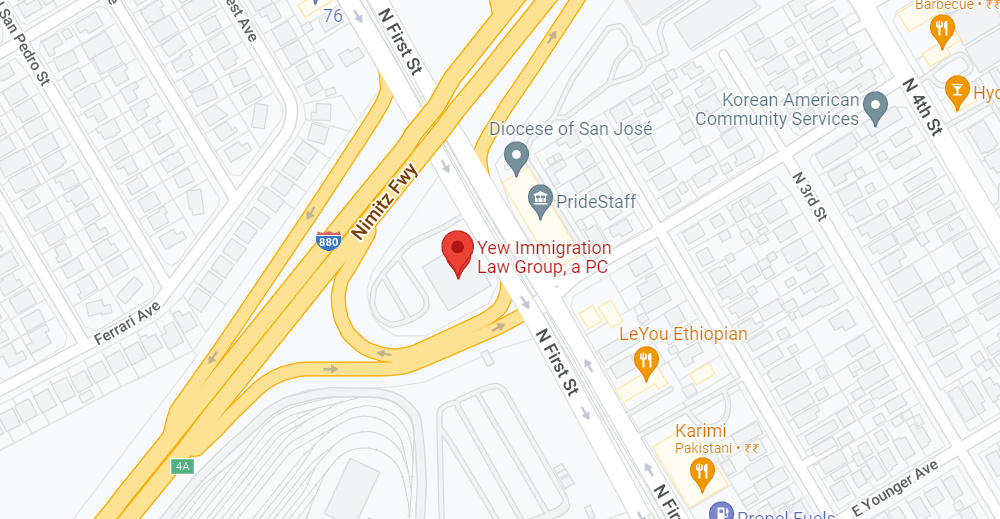If you are a U.S. citizen or lawful permanent resident (green card holder), your spouse may be eligible to join you in the U.S. and become a lawful permanent resident right away. This applies to both new and longer-term spouses from abroad.
How to apply depends on whether you are a citizen or green card holder and whether your spouse is currently abroad or legally inside the U.S. Here is a brief set of instructions on how to apply, although you should discuss your plans with an immigration attorney to ensure there are no unusual circumstances that could affect your application.
The first step is filing a Form I-130 and possibly a Form I-485
- U.S. citizen applying for a spouse who is legally in the U.S.: File a Form I-130 (petition for alien relative) AND a Form I-485 (application to register permanent residence or to adjust status) at the same time.
- U.S. citizen applying for a spouse currently outside the U.S.: File a Form I-130. Once this is approved, it will be sent for consular processing in your spouse’s home country. The consulate or embassy will notify you and provide further processing information.
- Lawful permanent resident applying for a spouse who is legally in the U.S.: File a Form I-130. Once a visa number is available, you will file Form I-485 to adjust your spouse’s status to permanent residency.
- Lawful permanent resident applying for a spouse currently outside the U.S.: File a Form I-130. Once this form is approved and a visa number is available, the form will be sent for consular processing. The consulate or embassy will notify you and provide additional processing information.
If your spouse is outside the U.S., they may be eligible to come to the U.S. to live and work while your I-130 petition is being processed.
For spouses of U.S. citizens, this is done on a K-3 visa. To apply, submit a Form I-129F. For permanent resident petitioners, this is done with a V visa, if more than three years have passed since the Form I-130 was filed.
Completing the process
You will submit your Form I-130 with your signature, the proper fee, and the required documentation, which includes:
- A copy of your marriage certificate
- Copies of any prior divorce decrees, annulment decrees or death certificates showing that all prior marriages involving you or your spouse were terminated.
- Passport-style photos of you and your spouse
- Evidence of any legal name changes you or your spouse have undergone, including marriage certificates, divorce decrees, adoptions, court judgments of name changes, etc.
If you are a U.S. citizen, you will need to demonstrate that. Acceptable documentation includes:
- A copy of a valid U.S. passport or birth certificate
- A copy of your consular report of birth abroad
- A copy of your naturalization certificate or certificate of citizenship
If you are a lawful permanent resident, you will need to demonstrate your status. Acceptable documentation includes:
- A copy of both the front and back of your Form I-551 (green card)
- A copy of your foreign passport bearing a stamp that shows temporary evidence of your permanent residence
Remember to remove your spouse’s conditional residence status
Many people don’t realize that your spouse will be granted permanent residence on a conditional basis if you have been married for less than two years when permanent residence is granted. This conditional status must be removed properly or your spouse’s permanent resident status could be revoked and they could be removed from the U.S.
Find the expiration date on the conditional resident card. Within the 90-day period before it expires, you need to file a Form I-751 (petition to remove the conditions of residence).
At Yew Immigration Law Group, we have years of experience helping people bring their spouses and family members to the U.S. Contact us for information about any family immigration question.










